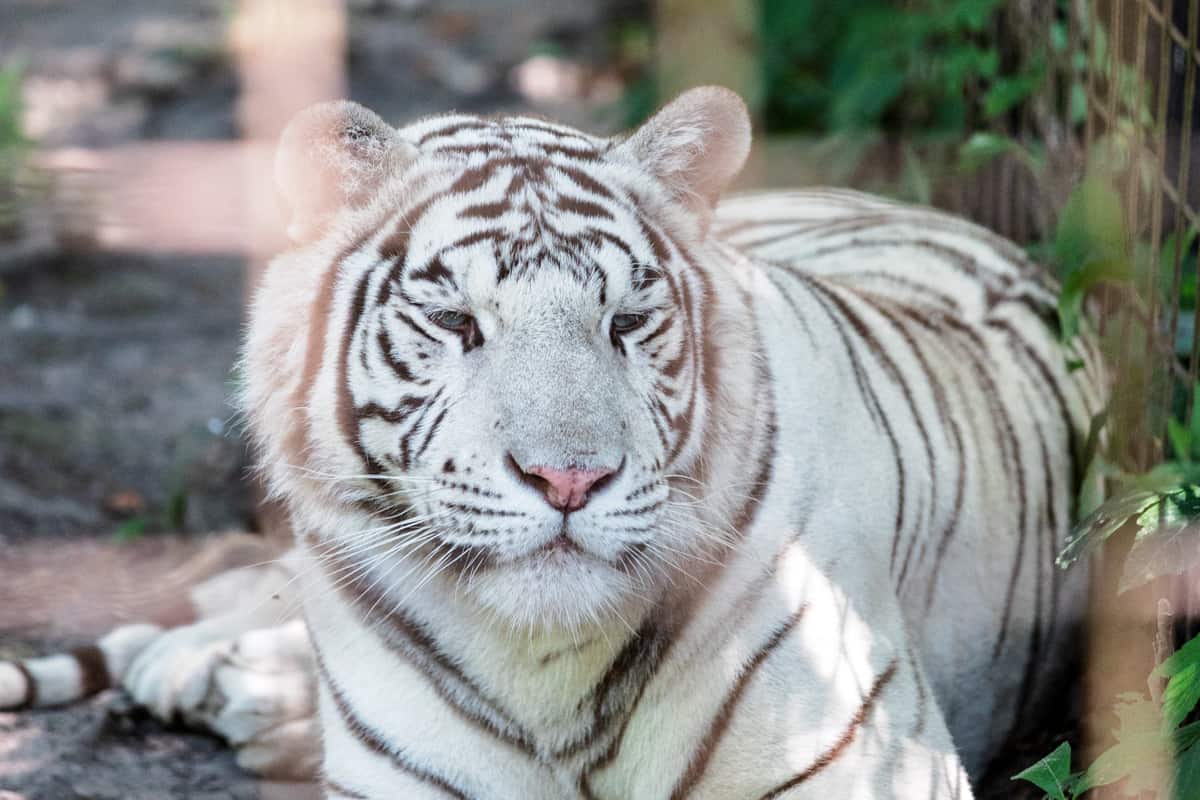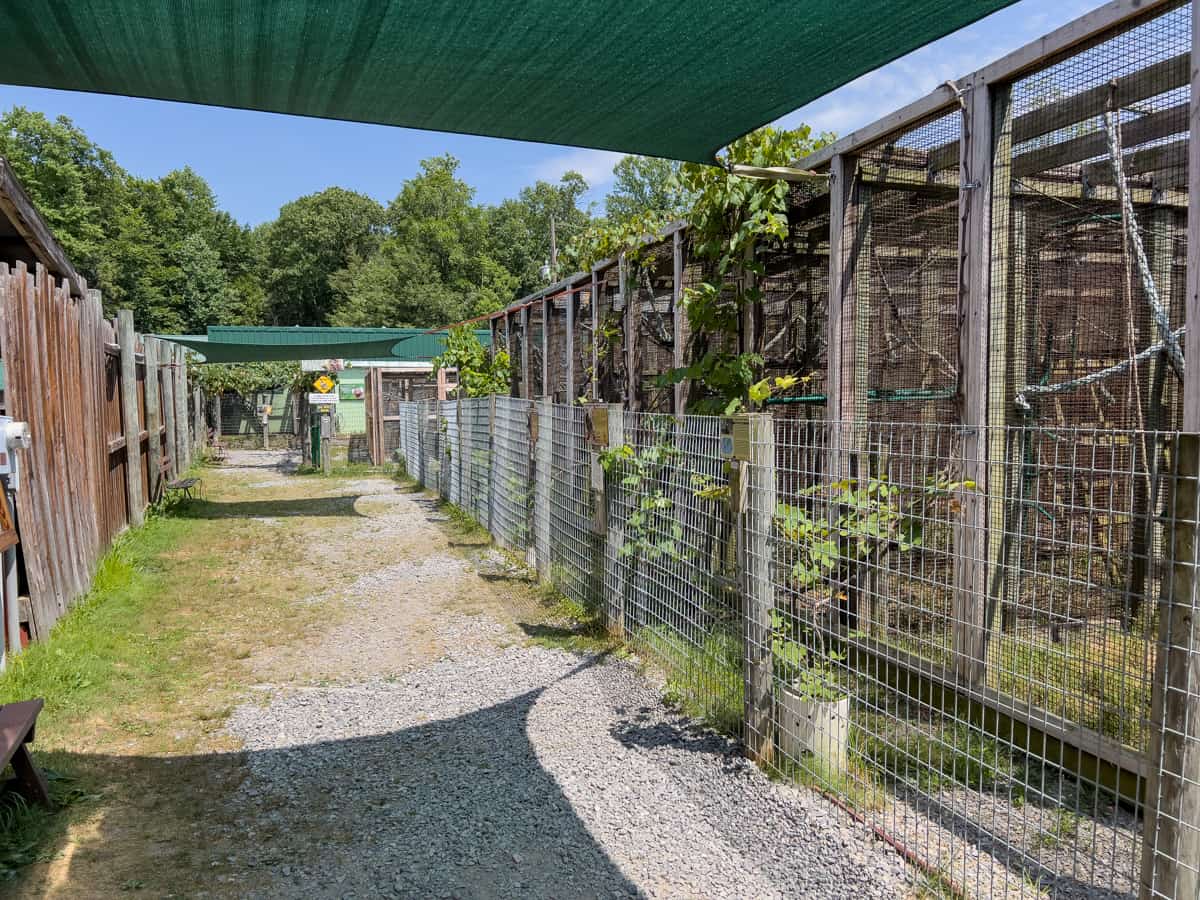T&D Cats: Unveiling The World's Threatened And Domesticated Felines
Table of Contents
- The Global Feline Family: A Diverse Lineage
- T for Threatened: The Precarious Plight of Wild Cats
- D for Domesticated: The Journey from Wild to Companion
- Interconnected Fates: Where Wild and Domestic Worlds Collide
- Global Conservation Efforts: A Lifeline for T&D Cats
- Data, Research, and Technology: Empowering Feline Futures
- Your Role in Protecting the T and D Cats of the World
- Conclusion: A Call to Action for All Cats
The Global Feline Family: A Diverse Lineage
The family Felidae, encompassing all cat species, is a testament to millions of years of evolution, resulting in a breathtaking array of adaptations and behaviors. From the powerful Siberian tiger, the largest of the big cats, to the diminutive rusty-spotted cat, one of the smallest, each species plays a unique role in its ecosystem. These creatures, whether apex predators or agile hunters of small prey, are vital indicators of ecosystem health. Their presence signifies a balanced natural environment, while their decline often signals broader ecological distress. Understanding the sheer diversity of "T and D cats of the world" is the first step towards appreciating their value and the urgency of protecting them. Wild cats, numbering around 37 distinct species, inhabit nearly every continent, excluding Antarctica and Australia (though domestic cats have been introduced there). They range from solitary hunters like the leopard to social predators such as the lion. Each species has evolved specialized traits, from the cheetah's incredible speed to the snow leopard's camouflage, allowing them to thrive in varied environments, from dense rainforests to arid deserts and freezing mountains. Their beauty and mystique have captivated humans for millennia, inspiring myths, legends, and art across cultures. This intrinsic value, coupled with their ecological importance, makes their conservation a global priority.T for Threatened: The Precarious Plight of Wild Cats
The "T" in "T and D cats of the world" starkly highlights the grim reality faced by many wild feline species: the threat of extinction. According to the IUCN Red List, a significant number of wild cat species are classified as Vulnerable, Endangered, or Critically Endangered. These classifications are not arbitrary; they are based on rigorous scientific assessment of population sizes, distribution ranges, and trends. The primary drivers of these declines are anthropogenic, meaning they stem directly from human activities. Addressing these threats requires concerted global efforts, informed by scientific data and collaborative action.Habitat Loss and Fragmentation: The Shrinking Wild
The most pervasive threat to wild "T and D cats of the world" is the relentless destruction and fragmentation of their natural habitats. As human populations expand, forests are cleared for agriculture, urban development encroaches on wildlands, and infrastructure projects like roads and dams dissect once-contiguous ecosystems. This not only reduces the available space for cats to live and hunt but also isolates populations, leading to reduced genetic diversity and increased vulnerability to disease and environmental changes. For instance, the majestic tiger, once widespread across Asia, now occupies less than 7% of its historical range, largely due to habitat loss. Similarly, the jaguar in the Americas faces immense pressure from deforestation in the Amazon. The loss of a cat's home directly translates to a loss of its future.Poaching and Illegal Wildlife Trade: A Relentless Threat
Another devastating "T" for threatened cats is the scourge of poaching and the illegal wildlife trade. Driven by demand for their fur, bones (used in traditional medicine), and body parts, big cats like tigers, leopards, and jaguars are hunted illegally. This illicit trade is a multi-billion dollar industry, often run by organized crime syndicates, and it poses an existential threat to many species. Despite international bans and conservation efforts, the black market continues to thrive, pushing species closer to the brink. The demand for exotic pets also fuels this trade, with cubs often being taken from the wild, condemning both the parents and offspring to a life of misery or early death. The scale of this threat is immense, requiring robust enforcement, international cooperation, and a drastic reduction in consumer demand.D for Domesticated: The Journey from Wild to Companion
While some "T and D cats of the world" face extinction in the wild, others have embarked on an extraordinary journey of domestication, becoming one of humanity's most cherished companions. The "D" in our phrase signifies this profound transformation, highlighting the unique relationship between humans and domestic cats (Felis catus). This segment explores how these animals transitioned from independent hunters to beloved household members and the responsibilities that come with their care.The Ancient Bond: A History of Domestication
The story of cat domestication is a fascinating tale, believed to have begun around 9,000 to 10,000 years ago in the Fertile Crescent. Unlike dogs, which were primarily domesticated for utilitarian purposes like hunting or guarding, cats likely "domesticated themselves," drawn to human settlements by abundant rodent populations attracted to stored grain. This symbiotic relationship, where cats controlled pests and humans provided a safe environment, gradually led to their integration into human society. Over millennia, through selective breeding and natural adaptation, cats evolved from their wild ancestors, the African wildcat (Felis lybica), into the diverse breeds we know today, each with unique traits and temperaments. This ancient bond underscores the deep historical connection we share with "T and D cats of the world."Responsible Ownership: Ensuring Feline Well-being
With the privilege of having domestic cats as companions comes the profound responsibility of ensuring their well-being. Responsible ownership is paramount for the health and happiness of these "D" for domesticated felines. This includes providing proper nutrition, regular veterinary care (including vaccinations and spaying/neutering), a safe and stimulating environment, and ample opportunities for play and social interaction. Overpopulation is a significant issue for domestic cats, leading to countless strays and shelter animals. Promoting spaying and neutering, adoption from shelters, and microchipping are crucial steps in managing cat populations and preventing suffering. Furthermore, understanding feline behavior and providing appropriate enrichment helps prevent behavioral issues and strengthens the human-animal bond.Interconnected Fates: Where Wild and Domestic Worlds Collide
The seemingly disparate worlds of "T and D cats of the world" are, in fact, deeply interconnected. The welfare of domestic cats can indirectly impact their wild cousins. For instance, free-roaming domestic cats can prey on native wildlife, spread diseases to wild populations, and even hybridize with small wild cat species, diluting their genetic purity. Conversely, human attitudes towards domestic cats can influence broader conservation efforts for wild felines. A society that values animal welfare and responsible pet ownership is more likely to support wildlife conservation initiatives. This interconnectedness highlights the need for a holistic approach to feline welfare, encompassing both wild and domestic species. Education plays a critical role here, informing the public about the impacts of irresponsible pet ownership and encouraging actions that benefit all cats.Global Conservation Efforts: A Lifeline for T&D Cats
Protecting the "T and D cats of the world" requires a multifaceted approach involving governments, non-governmental organizations (NGOs), local communities, and individuals. Conservation efforts for wild cats focus on habitat protection and restoration, anti-poaching initiatives, community engagement, and scientific research. Organizations like the World Wildlife Fund (WWF), Panthera, and the Wildlife Conservation Society (WCS) are at the forefront of these efforts, working tirelessly to secure a future for threatened species. This includes establishing protected areas, creating wildlife corridors, and implementing innovative technologies for monitoring and protecting animals. For domestic cats, efforts center on promoting responsible pet ownership, supporting animal shelters and rescue organizations, and advocating for humane treatment. Campaigns for spaying/neutering, adoption, and public education are vital in reducing the number of homeless cats and improving their quality of life. The global community's commitment to these efforts is a beacon of hope for all "T and D cats of the world," demonstrating that collective action can make a tangible difference. These initiatives often require significant lead time (L/T) for planning, fundraising, and implementation, underscoring the long-term commitment needed for successful outcomes.Data, Research, and Technology: Empowering Feline Futures
In the modern era, the fight to protect "T and D cats of the world" is increasingly powered by data, scientific research, and cutting-edge technology. Conservationists utilize vast amounts of data, from GPS tracking of individual animals to camera trap images and genetic samples, to understand population dynamics, migration patterns, and health status. The sheer volume of information collected can be immense, often measured in terabytes (TB), requiring sophisticated data management and analysis tools. This data allows experts to make informed decisions, prioritize conservation actions, and measure the effectiveness of interventions. Technological advancements, such as drones for monitoring vast areas, artificial intelligence for analyzing camera trap data, and advanced genetic sequencing, are revolutionizing conservation. For example, genetic research helps identify distinct populations, assess genetic diversity, and trace the origins of illegally traded animal products. Similarly, for domestic cats, data from veterinary records and behavioral studies inform best practices for care and breeding. The structured analysis of such data, much like how a horizontal tab (`\t`) organizes information in a dataset, is crucial for deriving actionable insights. This scientific rigor, underpinned by robust data collection and analysis, provides the expertise and trustworthiness essential for effective conservation and welfare strategies.Your Role in Protecting the T and D Cats of the World
Every individual has a role to play in safeguarding the future of "T and D cats of the world." For wild cats, supporting reputable conservation organizations through donations or volunteering can directly contribute to their survival. Reducing your carbon footprint, making sustainable consumer choices, and advocating for strong environmental policies also have a positive impact on their habitats. Awareness is key; by educating yourself and others about the threats faced by wild cats, you become an advocate for their protection. For domestic cats, responsible pet ownership is paramount. Spay or neuter your pets, provide them with excellent care, and consider adopting from a shelter. If your cat goes outdoors, ensure they are supervised or contained to prevent them from harming local wildlife. Supporting local animal shelters and rescue groups, whether through volunteering, fostering, or donating, directly helps countless domesticated felines in need. Your individual actions, however small they may seem, collectively contribute to a healthier, safer world for all cats.Conclusion: A Call to Action for All Cats
The journey through the world of "T and D cats of the world" reveals a complex narrative of breathtaking beauty, profound threats, and inspiring resilience. From the majestic wild felines teetering on the brink of extinction to the beloved domestic companions sharing our homes, their fates are intricately woven into the fabric of our planet's biodiversity and our own lives. The "T" for Threatened underscores an urgent call to action for conservation, demanding global cooperation, scientific intervention, and a shift in human behavior. The "D" for Domesticated highlights our responsibility to provide compassionate care, manage populations ethically, and foster the unique bond we share with these animals. The challenges are significant, but so is our capacity for positive change. By embracing the principles of E-E-A-T—Expertise, Authoritativeness, and Trustworthiness—in our approach to feline welfare and conservation, we can ensure that future generations will continue to marvel at the diversity and grace of all cats. Let us commit to being stewards of these magnificent creatures, both wild and domestic. Share this article to spread awareness, support reputable organizations, and make responsible choices in your daily life. Together, we can ensure a thriving future for all "T and D cats of the world."
Visiting the Animals at T&D's Cats of the World in Snyder County

Exploring T&D's Cats of the World in Snyder County - PA Bucket List

Visiting the Animals at T&D's Cats of the World in Snyder County